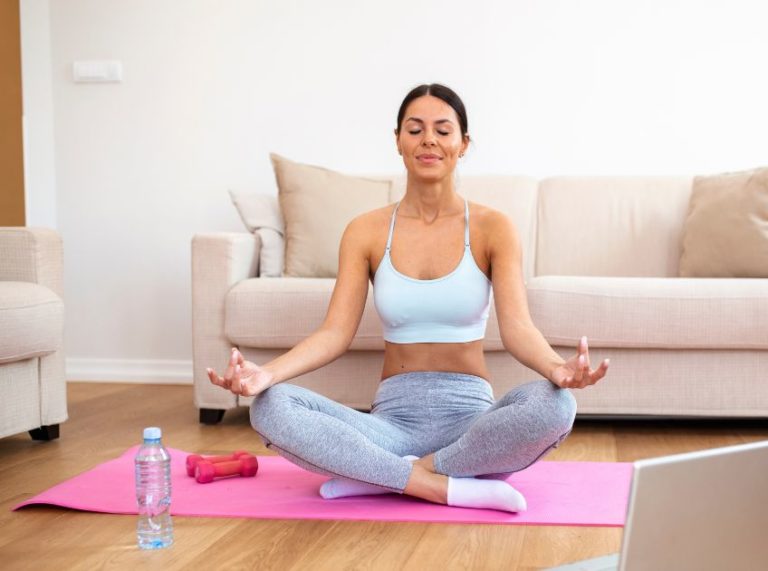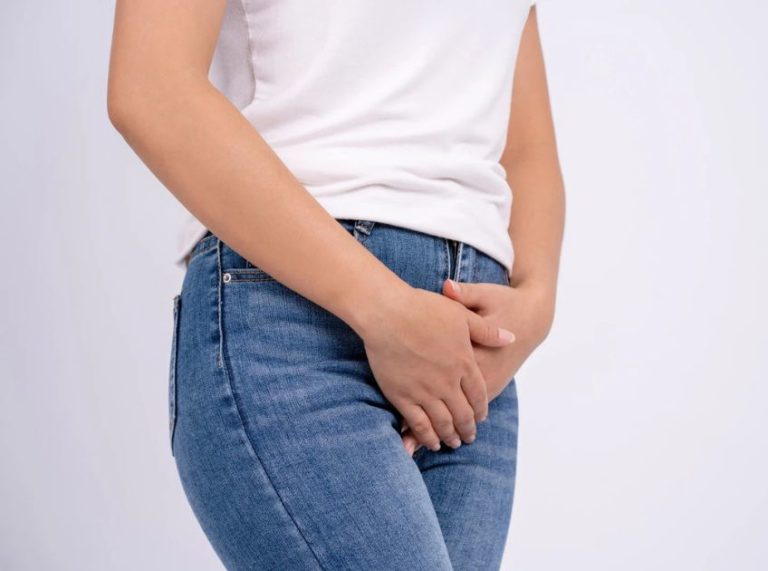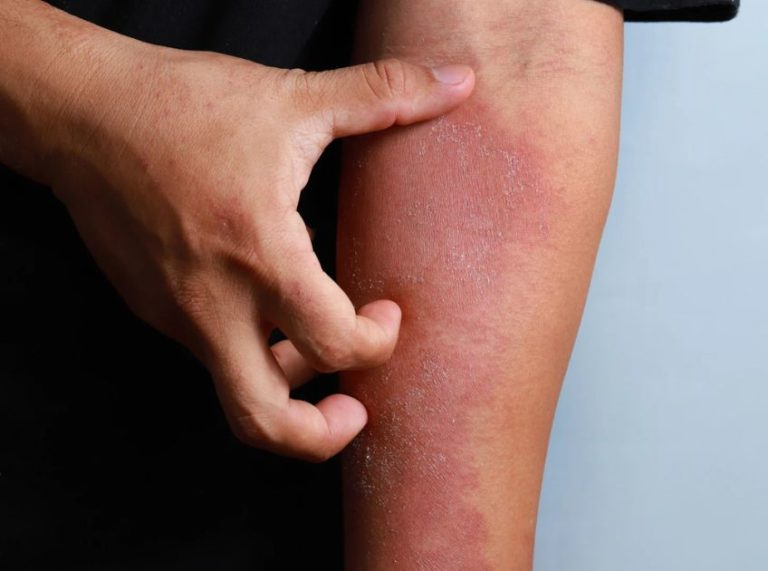
Important: This article is for informational purposes only. Please read our full disclaimer for more details.
Achilles tendonitis can make nights uncomfortable, especially when inflammation and stiffness peak after long periods of rest. The way you position your foot and ankle during sleep can either support tendon recovery or worsen irritation. Proper alignment minimizes tension on the tendon, promotes blood circulation, and aids in overnight healing.
What is Achilles Tendonitis?
Achilles tendonitis (1) is inflammation of the Achilles tendon, the thick band connecting the calf muscles to the heel bone. It often results from overuse, repetitive stress, or sudden increases in activity. Symptoms include pain, swelling, and stiffness, especially in the morning or after inactivity. If not managed properly, it can lead to chronic pain or even tendon rupture.
Best Sleeping Positions for Achilles Tendonitis Relief
1. Back Sleeping with Foot Neutral or Slightly Elevated
Lying on your back keeps pressure off the tendon, and using a small pillow under your calf to elevate the foot slightly helps reduce swelling. Keeping the ankle in a neutral (90-degree) position prevents the tendon from tightening overnight.
- Why it helps: Studies in The Journal of Orthopaedic & Sports Physical Therapy highlight that maintaining a neutral ankle position during rest reduces morning stiffness and supports tendon healing (2)(3).
- Pro Tip: Use a soft rolled towel or pillow to gently lift the foot while ensuring it doesn’t point downward.
2. Side Sleeping with Pillow Support
If you prefer sleeping on your side, place a small pillow or folded towel under the affected foot to keep it in a neutral or slightly flexed position. This avoids plantarflexion (pointing the toes downward), which can shorten the tendon overnight and cause stiffness in the morning.
- Why it helps: Keeping the ankle at a 90-degree angle minimizes overnight tendon shortening, a common cause of morning pain in Achilles tendonitis.
3. Back Sleeping with a Night Splint (For Severe Cases)
For chronic or severe Achilles tendonitis, using a dorsiflexion night splint while sleeping can help maintain an optimal stretch in the tendon without overstraining it.
- Why it helps: Research has shown night splints improve flexibility and reduce recovery time by maintaining gentle tension on the tendon throughout the night (4).
Sleeping Positions to Avoid with Achilles Tendonitis
- Sleeping on Your Stomach: This causes the feet to rest in a pointed position, increasing tendon shortening and morning stiffness.
- Side Sleeping Without Support: Allowing the affected foot to hang unsupported can pull on the tendon and cause irritation.
- Back Sleeping with Foot Dangling Off the Bed: This puts the ankle into plantarflexion, leading to more pain and tightness in the morning.
Frequently Asked Questions (FAQ’S)
1. Should I use a pillow under my ankle or calf with Achilles tendonitis?
A. A pillow under the calf is best, as it slightly elevates the foot and reduces swelling without forcing the ankle into an unnatural angle.
2. Can I wear compression socks while sleeping for Achilles tendonitis?
A. Light compression socks can help reduce swelling, but avoid anything too tight that restricts circulation during long periods of rest.
3. How long does it take for Achilles tendonitis to heal if I use proper sleeping positions?
A. Recovery time varies, but combining proper sleep posture with stretching, strengthening, and rest can shorten healing time to 6–12 weeks for mild cases.
Sleeping position plays a major role in managing Achilles tendonitis and preventing morning pain. Back sleeping with a neutral ankle position or slight elevation is most effective, while side sleeping with pillow support also works well. Avoid positions that allow the foot to point downward, as this shortens the tendon overnight.
Combined with proper treatment and activity modification, adopting the right sleep posture can speed recovery and protect your Achilles tendon in the long term.















